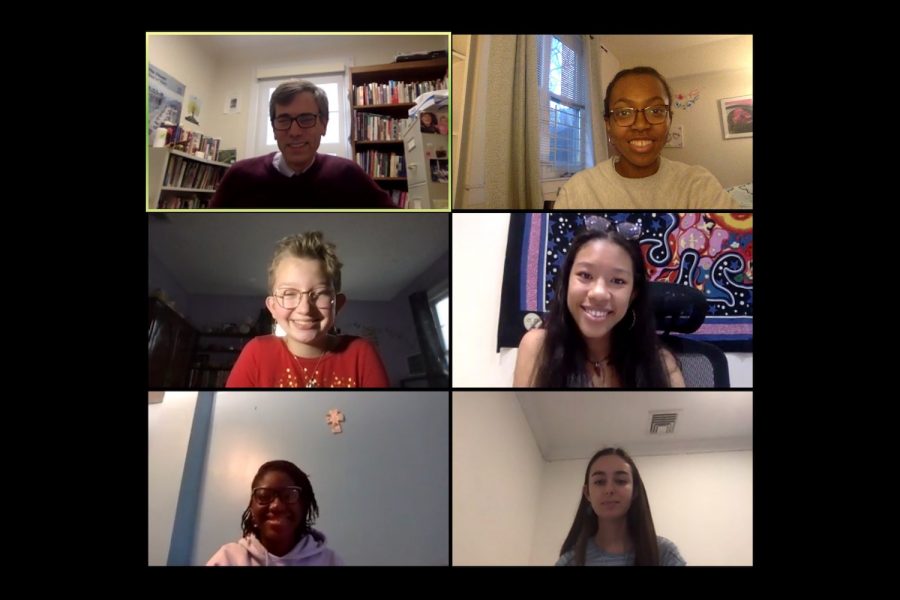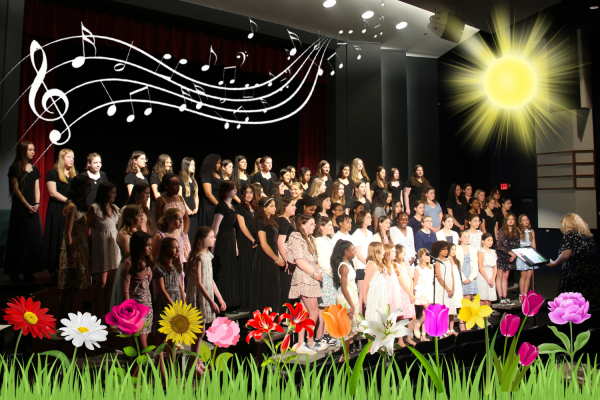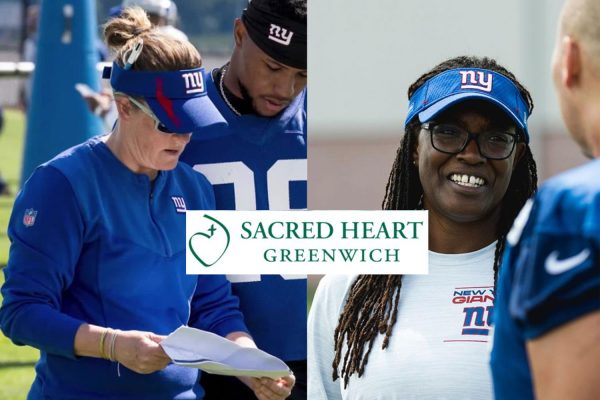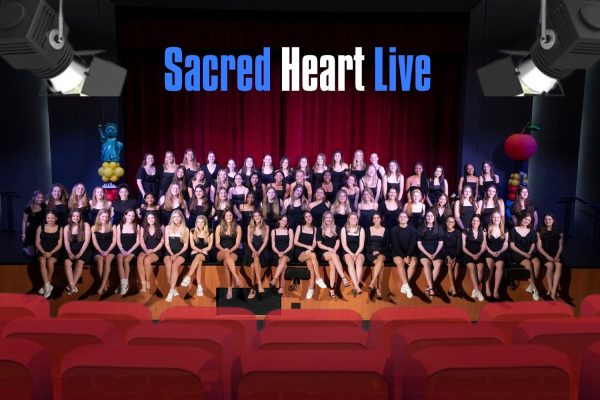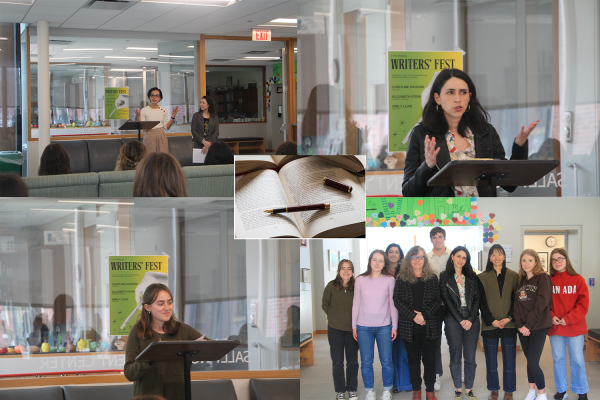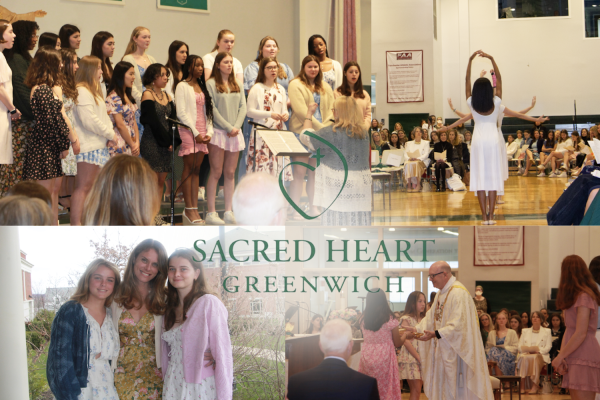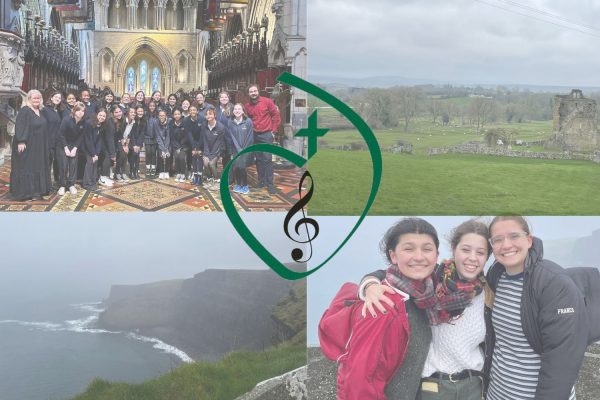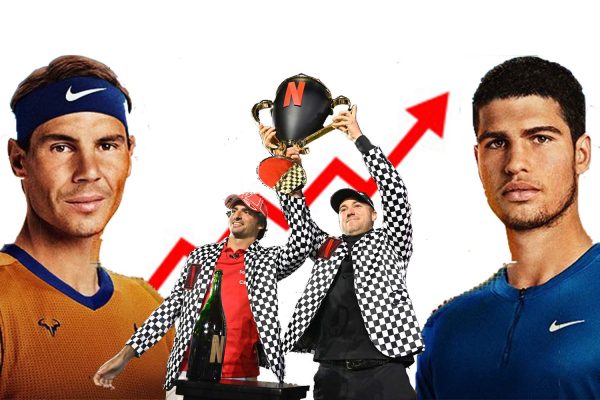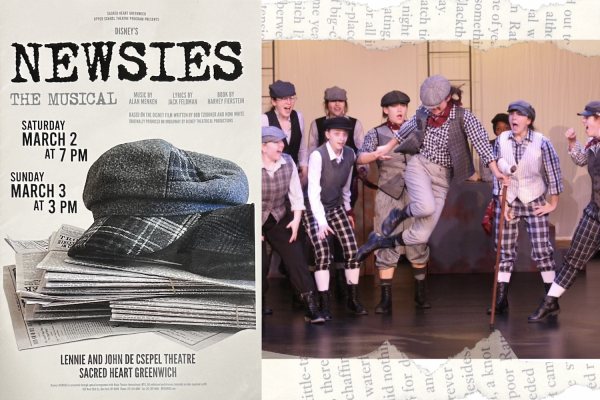Students across the country participate in Student Diversity Leadership Conference
Student participants have a post-conference meeting with Dr. William Mottolese.

Six Sacred Heart Greenwich Upper School students participated in the National Association of Independent Schools (NAIS) Online Student Diversity Leadership Conference (SDLC) from November 30 to December 4. These students, seniors Destini-Joy (DJ) Green and Sasha Rivera, juniors Leah Allen and Kayla Malcolm-Joseph, and sophomores Kristin Morrow and Josephine Orr, spent the week engaging in group sessions and discussions with student leaders from across the country. The conference focused on teaching the participants to self-reflect, build allies, and form a community.
This year marked the 27th annual SDLC and although it was virtual, over 1500 students of different backgrounds were still able to come together to broach topics such as race and ethnicity, colorism, the cycle of oppression, gender identity, sexuality, and the impact of socioeconomic status. Participating students developed cross-cultural communication skills, designed effective strategies for social justice practice through dialogue and the arts, and learned the foundation of allyship and networking principles, according to pocc.nais.org.
Under the direction of a diverse team of trained adult and peer facilitators, students participated in large and small group sessions, allowing for open dialogue in a safe space. The students also listened to keynote speakers, which enabled them to engage more in the virtual experience. In the smaller “family groups” that consisted of about 40 students, students were able to connect face-to-face with their peers and feel at ease to converse with others and voice their opinions. The students also joined affinity groups that ranged from 100 to 500 students depending on the group where they could meet new people with similar backgrounds and experiences. In addition to interactions during the virtual days on Zoom, the students also got to know each other outside of the designated conference time through social media.
This year was Sasha’s first time attending the SDLC. Her favorite part of the conference was participating in the affinity groups as she felt that she could truly express her feelings in a safe environment where others also share similar experiences.
“My favorite parts of the conference were definitely the affinity groups and simply getting to meet new people,” Sasha said. “There were several affinity groups, such as Black, Latinx, White, LGBTQ, Asian/Asian-American, Multiracial, and Middle Eastern/Middle Eastern American. Personally, I identified with several of them, so I went to the Black, Latinx, and Multiracial affinity groups. These groups were meant to be safe spaces for people to express their shared experiences and relate to each other. In these spaces I didn’t feel like I had to justify or over-explain my feelings because everyone already understood––I was part of the majority. I had never been in a setting with so many people who looked like me and I didn’t understand the true value of simply being surrounded by people who looked like me until now.”
In these spaces I didn’t feel like I had to justify or over-explain my feelings because everyone already understood––I was part of the majority.
— Sasha Rivera ’21
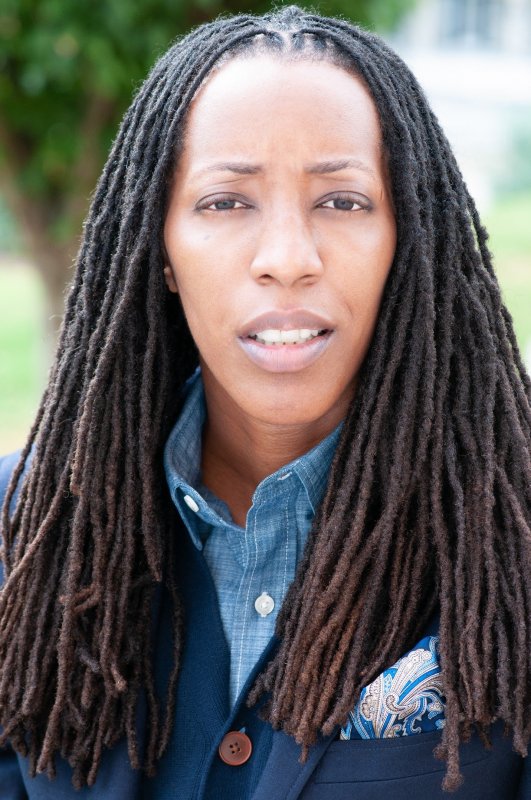
One of the keynote speakers who spoke to all of the students attending the conference December 4 was Dr. Bettina L. Love, an award-winning author and a professor at the University of Georgia. In 2014, she attended the White House Research Conference on Girls to discuss her work focused on the lives of Black girls. For her work in the field of Hip Hop education, Harvard University named Dr. Love the Nasir Jones Hip Hop Fellow at the Hutchins Center for African and African American Research in 2016. Dr. Love focuses on how educators can work with parents and communities to build communal, civically engaged schools with the goal of intersectional social justice for equitable classrooms, according to pocc.nais.org.
Dr. William Mottolese, Upper School English Teacher and Chair of English Department, highlights how the SDLC allows for Sacred Heart students to share their experiences with other teenagers who attend similar schools.
“The SLDC gets our students outside of our small school community to connect with other young people from independent schools who share similar backgrounds and identities,” Dr. Mottolese said. “Also, by hearing other students talk about their experiences, our students gain a vocabulary for expressing who they are and talking about their own experiences with classmates, administrators, and teachers.”
Kayla, who has previously attended the regional SDLC for Connecticut, enjoyed meeting people from around the country who brought different perspectives to the discussions, but to whom she could also relate on several topics. The conference not only facilitated conversation, but provided a space in which students felt comfortable sharing their thoughts and experiences.
“My favorite part of the conference was getting to meet new people from all around the country who were all willing to take time out of their busy lives to learn,” Kayla said. “It was great to hear their perspectives, and to see what they’re doing in their schools to make a difference. It also didn’t take very long for me to open up to them because the NAIS and the students created such a safe and loving environment.”
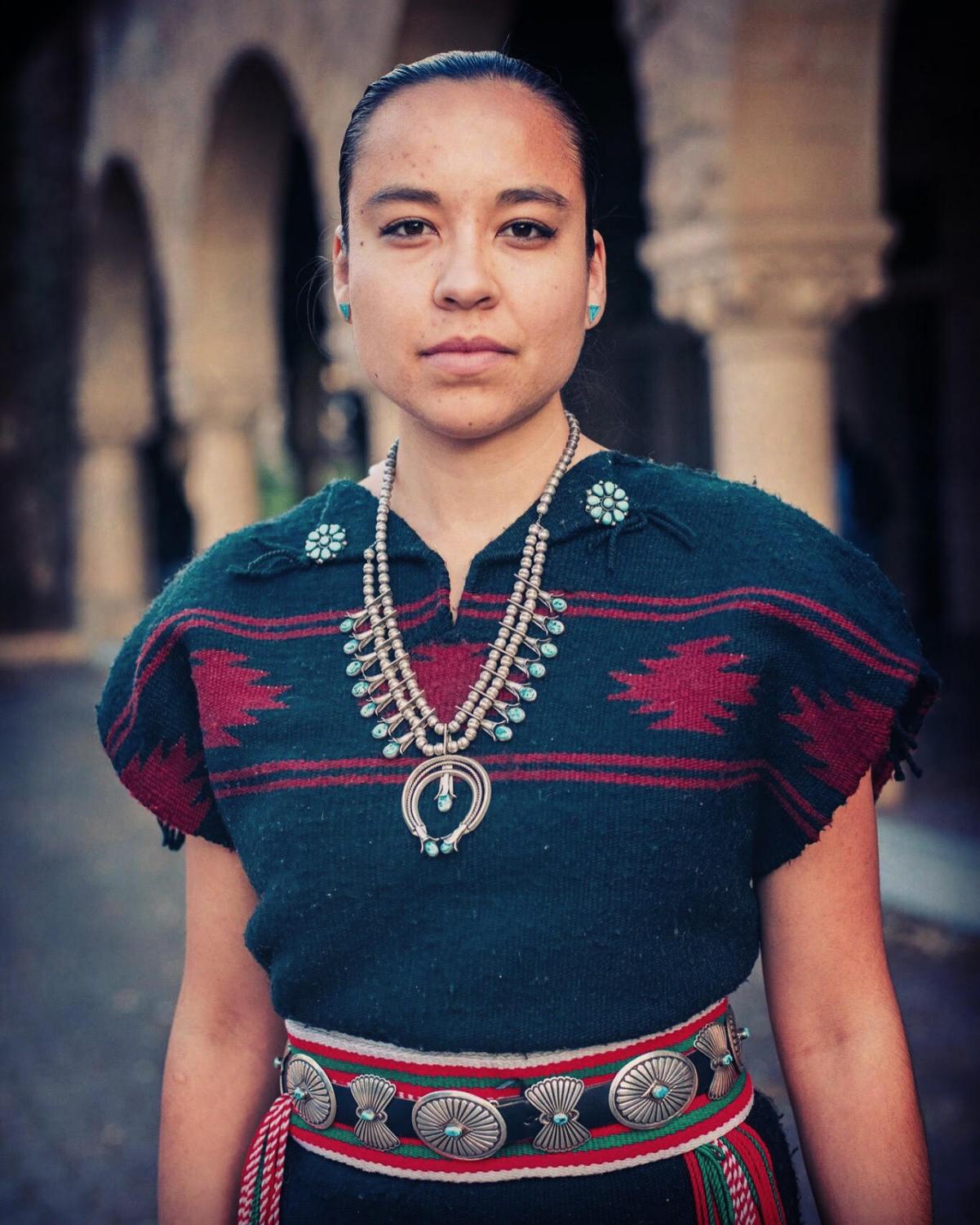
Ms. Lyla June, an Indigenous musician, scholar, and community organizer of Navajo, Cheyenne, and European lineages, also spoke December 4 to the 1500 students attending the conference. Ms. June blends her undergraduate studies in human ecology at Stanford University, her graduate work in Native American Pedagogy at the University of New Mexico, and the indigenous worldview with which she grew up to inform her perspectives and solutions, according to lylajune.com. Her dynamic, multi-genre presentation style, which combines prayer, music, poetry, and speech, engages audiences worldwide towards personal, collective, and ecological healing.
The conference gives students the necessary tools to be leaders within their communities and to facilitate an open dialogue with their peers. This then promotes the building of a community using the principles of inclusion, equity, and diversity.
“Students are learning strategies for being diversity leaders on campus, for helping others talk about issues of identity, racism, homophobia, inclusive language, and so forth,” Dr. Mottolese said. “The idea is to continue building community in the spirit of Goal Four.”
Sasha found that the experience of connecting with peers with similar backgrounds and identities, but also with diverse perspective and ideas, was the most valuable part of the four-day conference for her.
“The most valuable thing I learned from the conference was that I am not alone,” Sasha said. “One thing I remember hearing during an activity in one of the affinity groups was, ‘You don’t have to represent your entire race.’ As someone who often feels like I do, this was extremely comforting.”
Featured Image by Leah Allen ’22
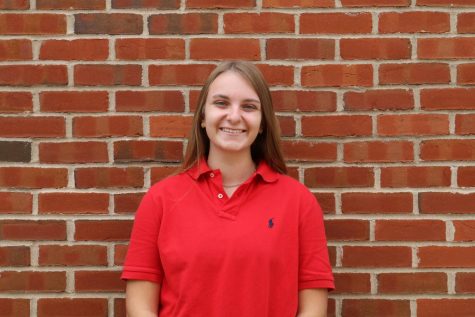
Natalie is thrilled to be the Editor-in-Chief for the King Street Chronicle this year. She is looking forward to engaging with the staff writers and pioneering...

